MONUMENT GINGER SOCIETY THUN
InstallAction
Ceremonial Act Ginger Society Thun, June 20, 2010
Kunstmuseum Thun, „Utopie & Alltag: Im Spannungsfeld zwischen Kunst und Bildung”
July 17 to September 5, 2010
Concert Ginger Ensemble Bern, Kunstmuseum Thun, September 5, 2010
Monument Ginger Society Thun. Install Action by Klara Schilliger and Valerian Maly
Building – Shaping: With the construction of a colossal ginger, the Ginger Society Thun, established on June 20, 2010 in the Thunerhof, is actually playing a complex game. A temporary monument is built for ginger, in its botanic definition as a rhizome, as a metaphor for a non - hierarchical object. Monuments are usually erected to exalt important personalities, cathedrals are built on a monumental scale, a claim to power is demonstrated. A monument (from the Latin monere to remind; mens mind) is defined as a significant or important memorial of large dimensions; in particular, a monument should permanently preserve the memory of historically important persons or events. And thus, we commemorate the importance of ginger, and pay homage to its sublime pungency!
Importance : Toward the end of the 70 s and beginning of the 80 s, a strange word from botany suddenly appeared in the context of art : the rhizome. In their famous text on the rhizome, which appeared as the introduction to their book Mille Plateaux (A Thousand Plateaus) in 1976, Gilles Deleuze and Felix Guattari point to the characteristics of rhizomatic plant structures as an alternative to the hierarchical scientific model of the tree, because in contrast to the latter, they are open to potential changes in ways of thinking as, for example, shifts of perspective in research and understanding. Crossovers and intersections are favored, as well as elements belonging to many levels of organization. With their appeal to an open way of thinking in multiplicities (“Make rhizomes, not roots! Don’ t be one or many, be multiplicities!”), Deleuze/Guattari formulate a critical approach to structuring concepts, normative ideas and theoretical principles.
Existing structures and discourses should not be seen as static and stable entities, instead, a view should be more strongly directed toward historical discontinuities, ruptures and, above all, the construction requirements of structures.
Holding a ginger rhizome in one’ s hand, it is hard to imagine how it grew; with protrusions from all sides, what is up or down, left or right is hard to determine with any certainty. Ginger grows in all directions; wherever it finds space and nutrients, it forms a widely ramified storage network. Rhizomatic structures are ubiquitous today, with Wikipedia as a vivid example: though it is true that certain organizational structures can be created within this scientific world, these are nevertheless buried again by internal links and lines of connection.
By building the Monument GingerSociety Thun, a temporary utopia was created within the exhibition “Utopia and Everyday Life” – but always with a wink. The utopia – according to its original meaning, a non - location ( from ancient Greek οὐ - ou - “not” and τόπος tópos “place”) – was assigned a space in the former dining hall. Utopia is effectively understood as wishful thinking characterized by the fact that though it may be conceivable and, in many cases, desirable, it is, in just as many cases, not yet or no longer viable against the prevailing historical - cultural background. The colossal ginger is a monumental sculpture constructed out of wooden slats, wire and papier maché whose permanence lies in its intentional transience, whose shape is too complex to imagine and whose volume is too extensive to be wholly grasped. To test utopias, in this case, also means working together with the people of Thun to build a sculpture, collectively shaping, over the course of three weeks, an entity that is as non-hierarchical as possible.
Klara Schilliger and Valerian Maly
www.gingerensemble.ch
Planning and Prototype of the Monument Ginger Society Thun
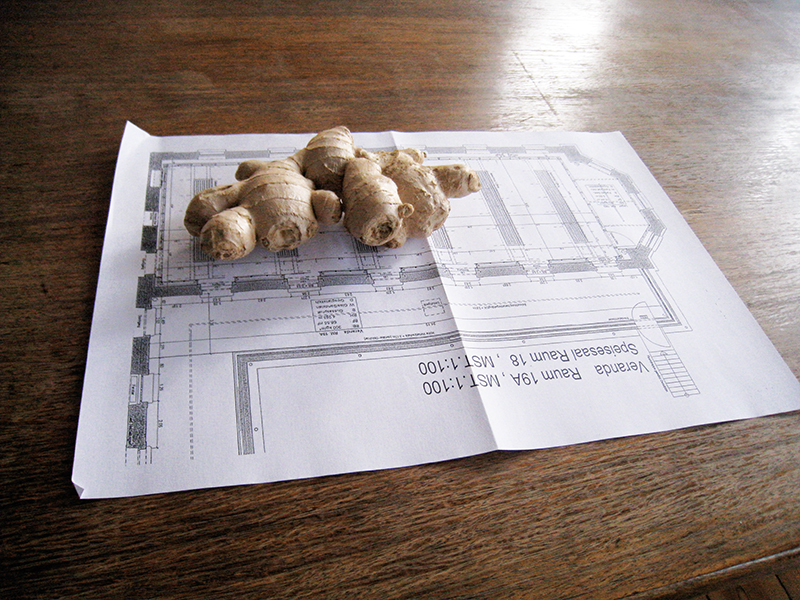
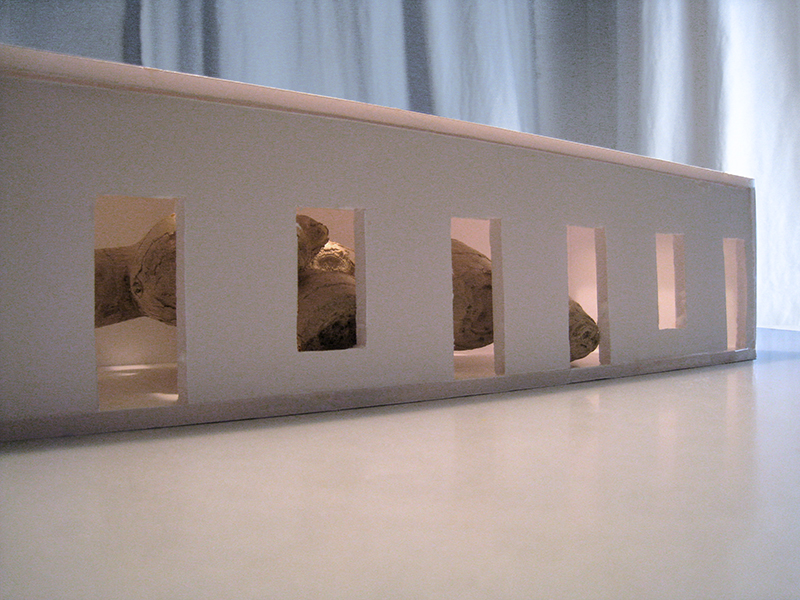
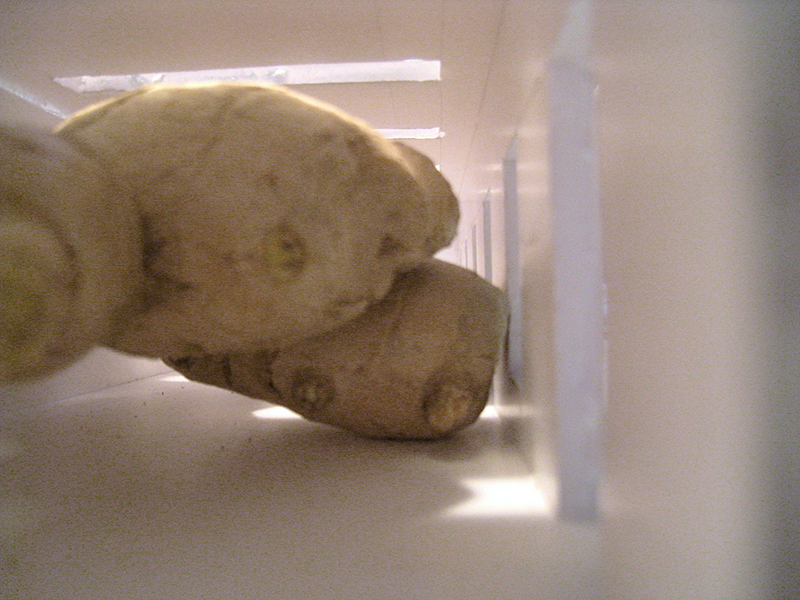

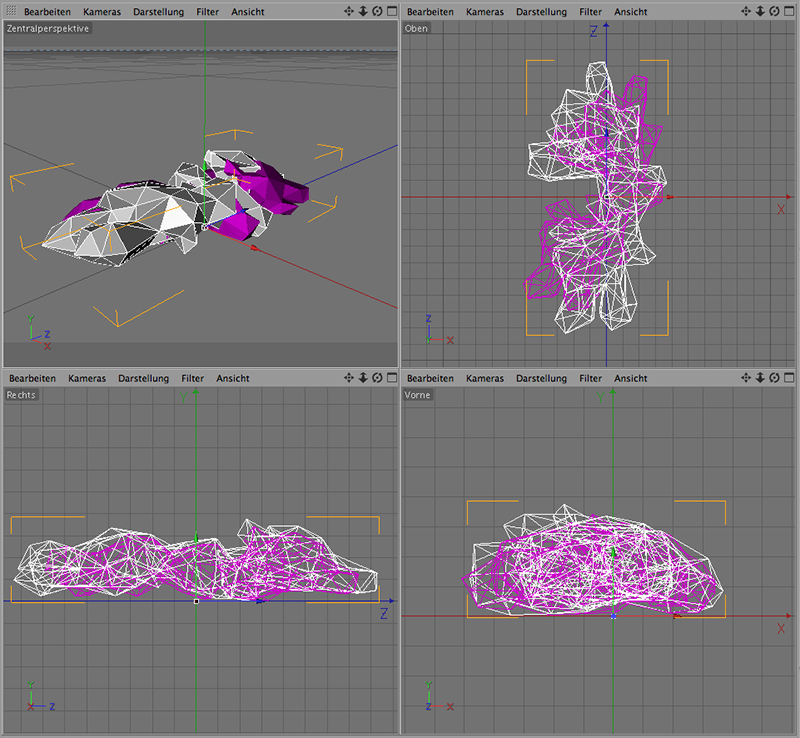
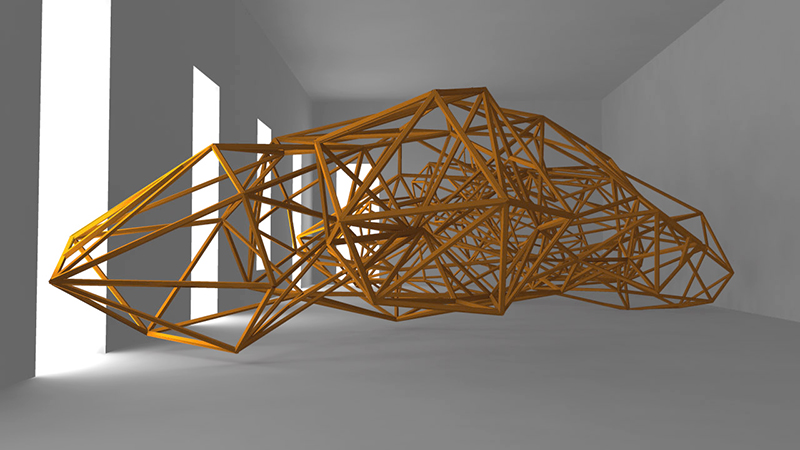
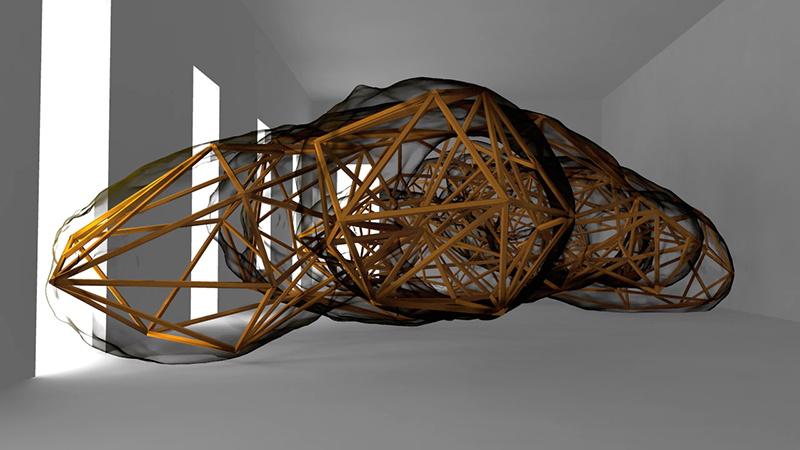
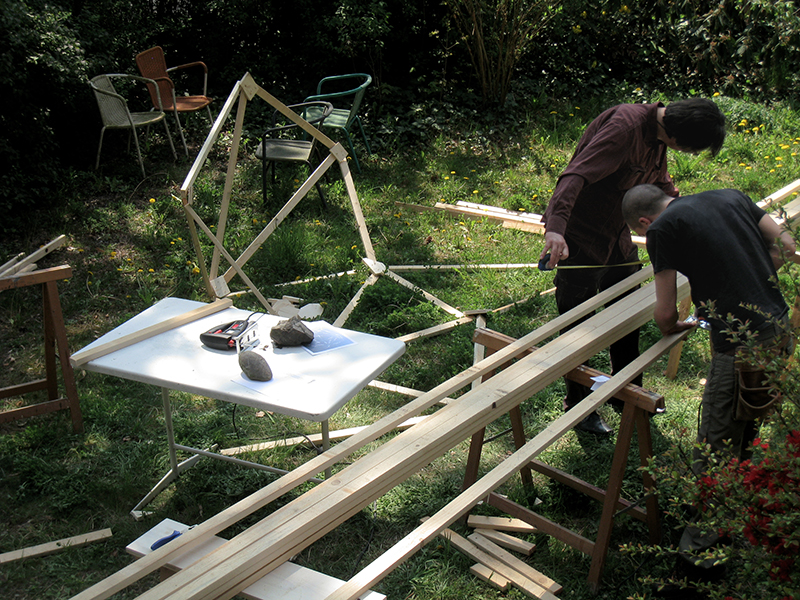
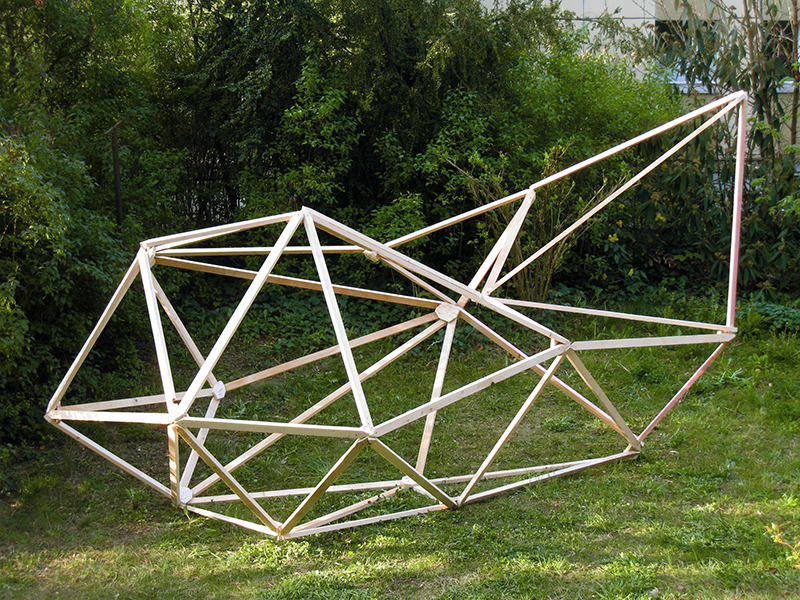
Market Stand and Founding Ceremony of the Ginger Society Thun, Thunerhof, June 20, 2010
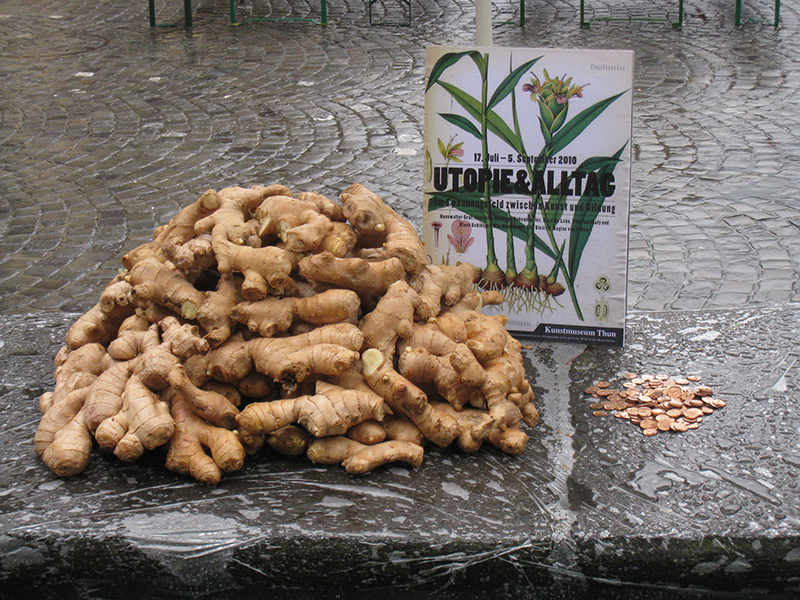
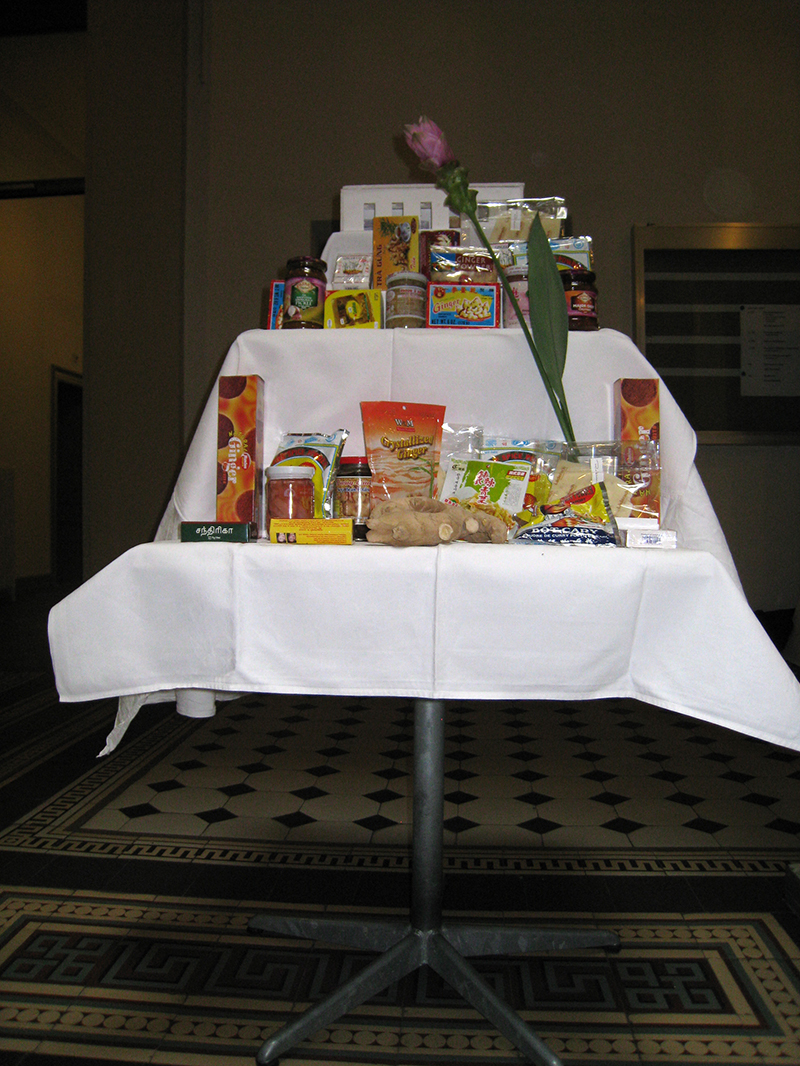


Construction of the Monument Ginger Society Thun
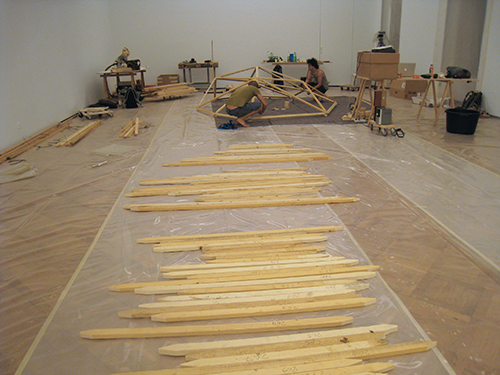
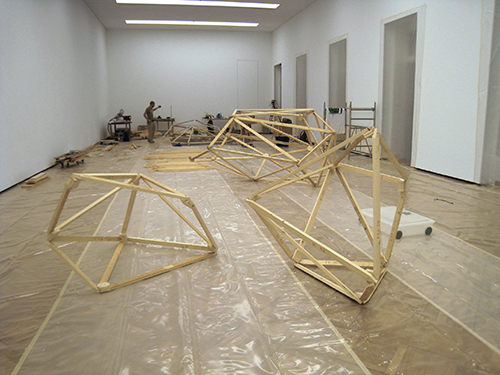

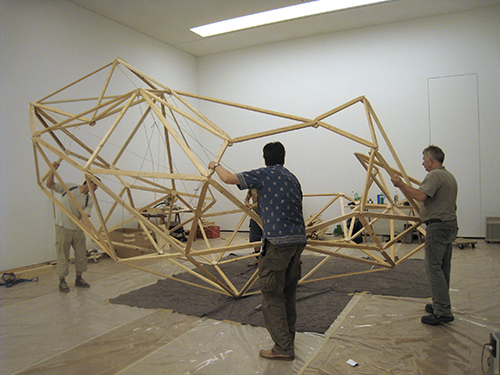
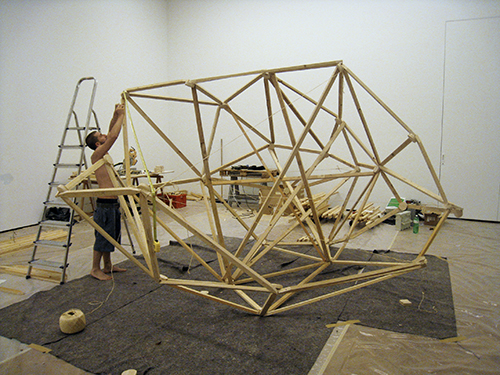
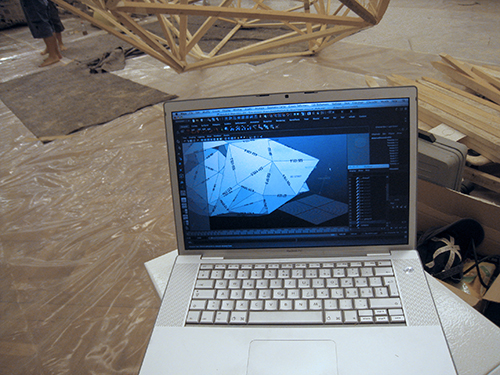
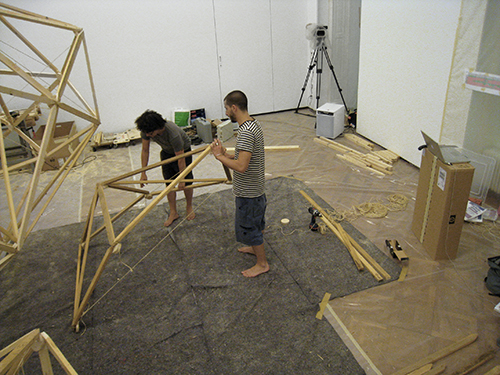
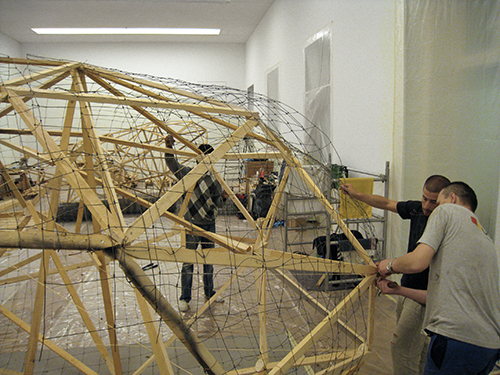
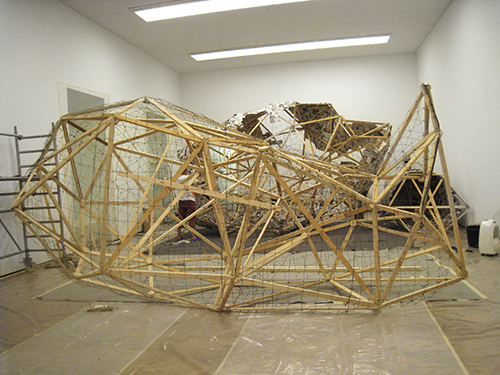
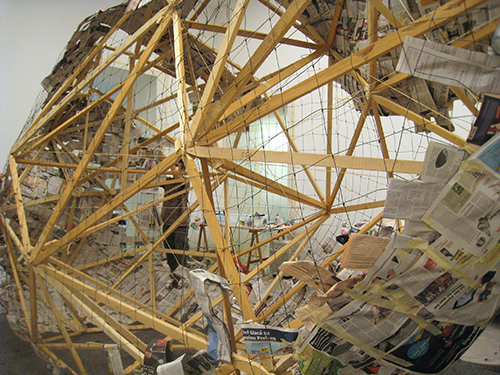
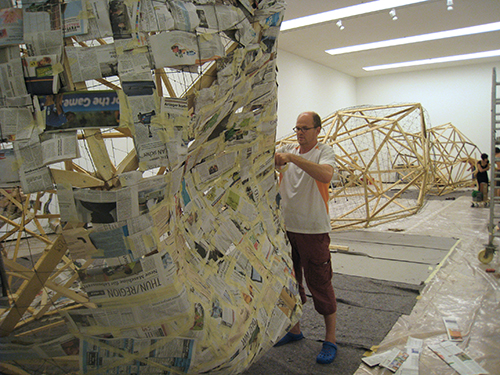
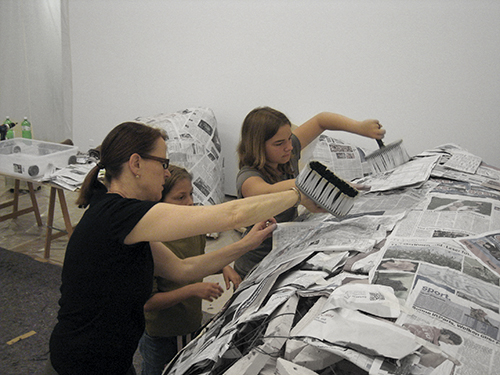
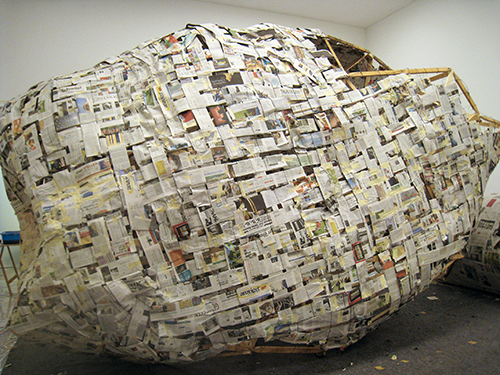
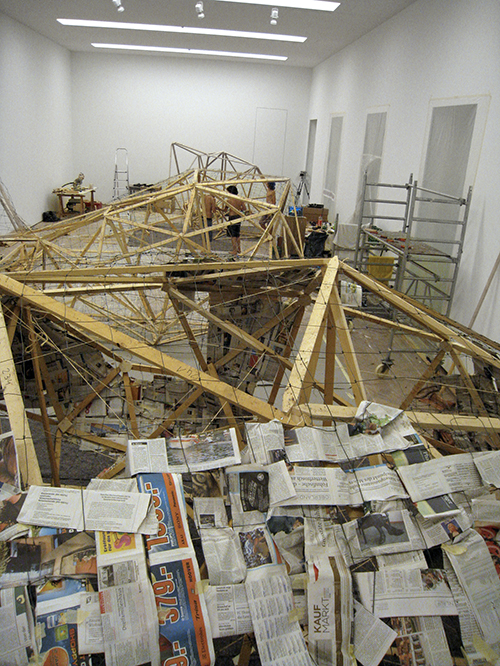
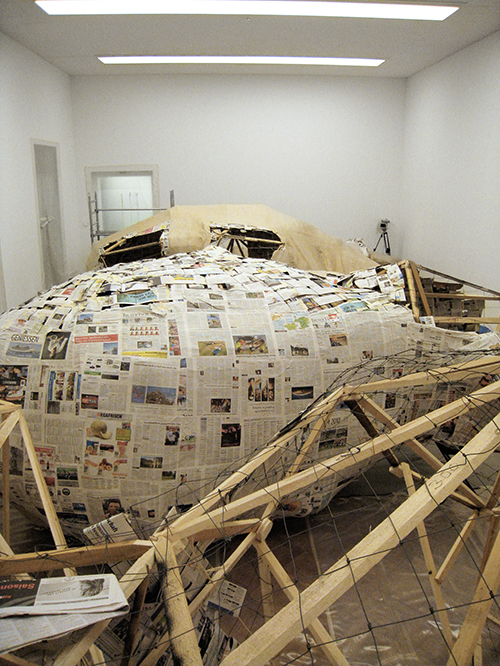
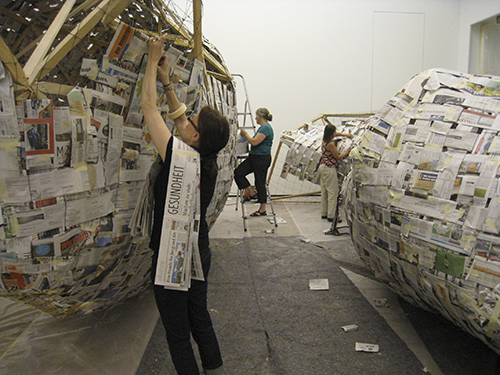
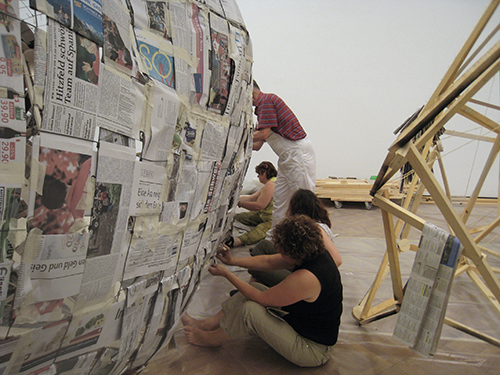
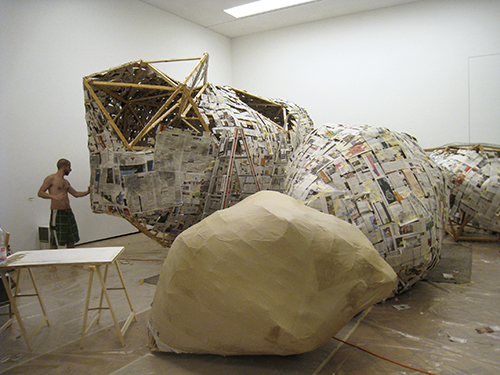
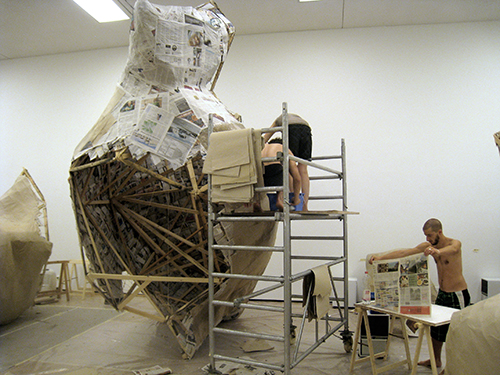
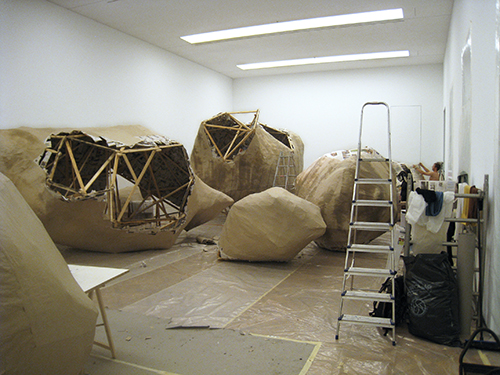
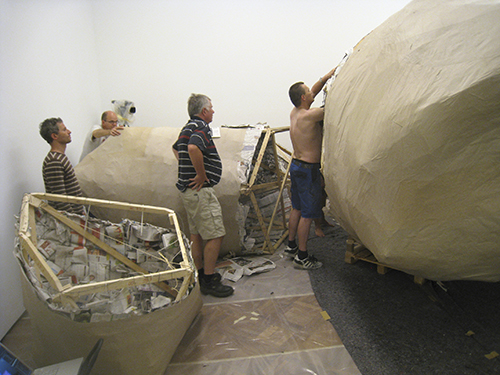

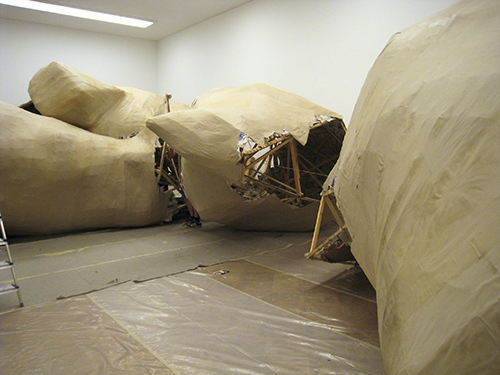
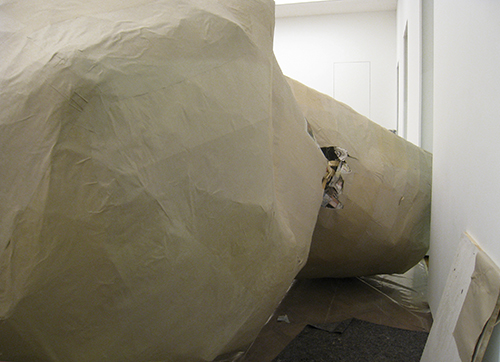
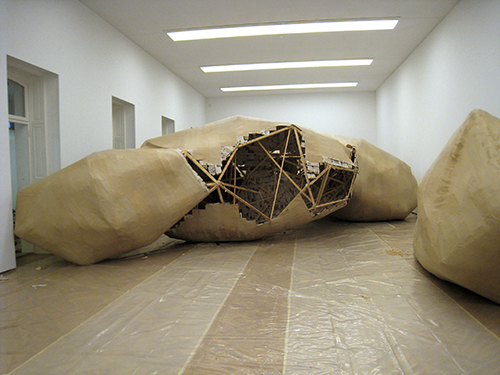

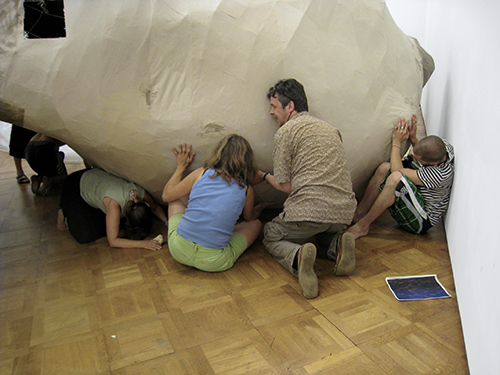
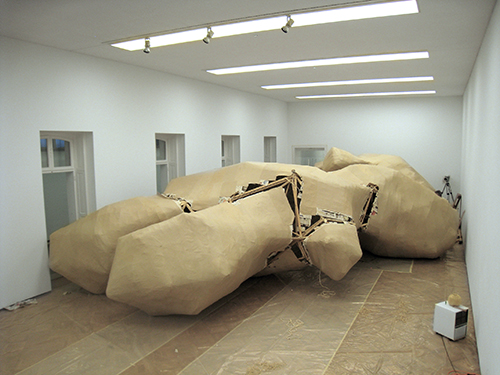
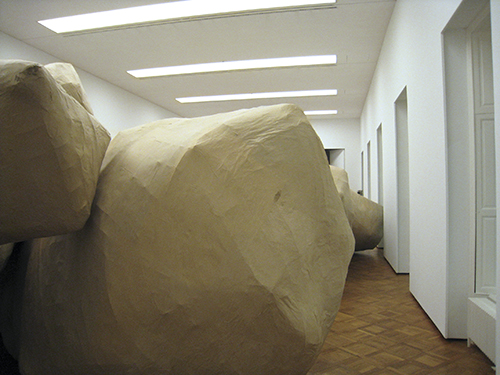
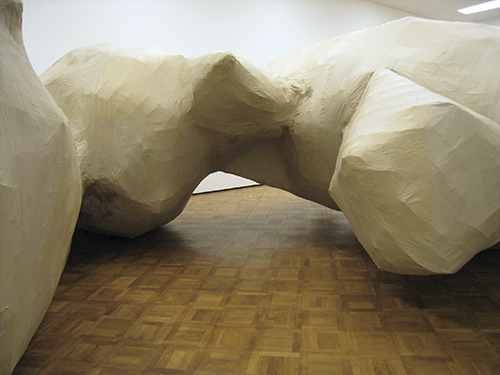
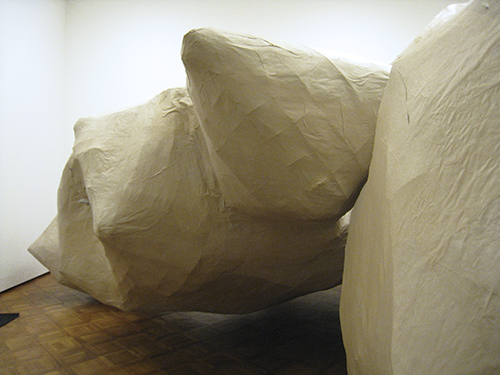
Founding Concert of the Ginger Ensemble on the Occasion of the Finissage, September 5, 2010
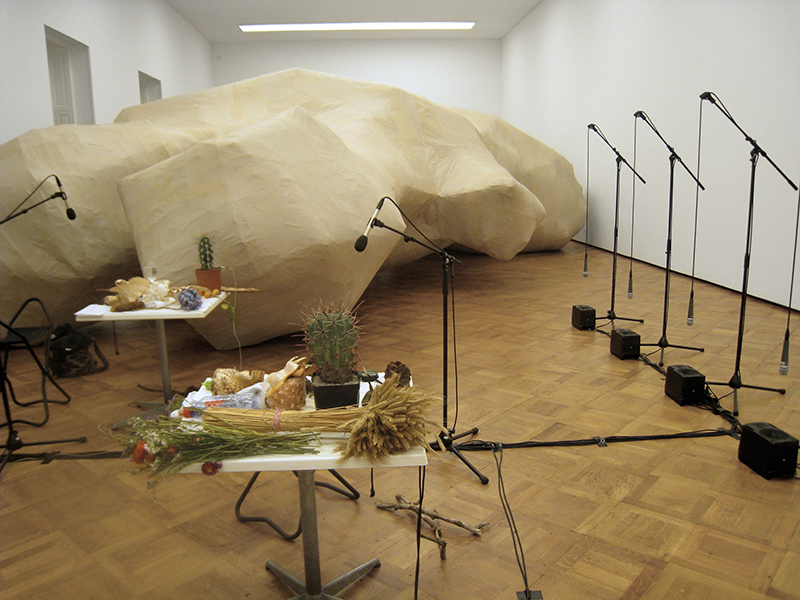
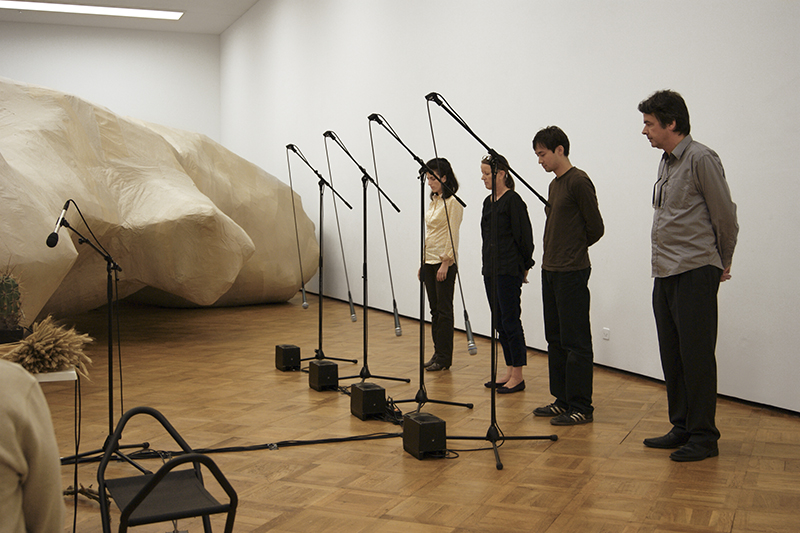
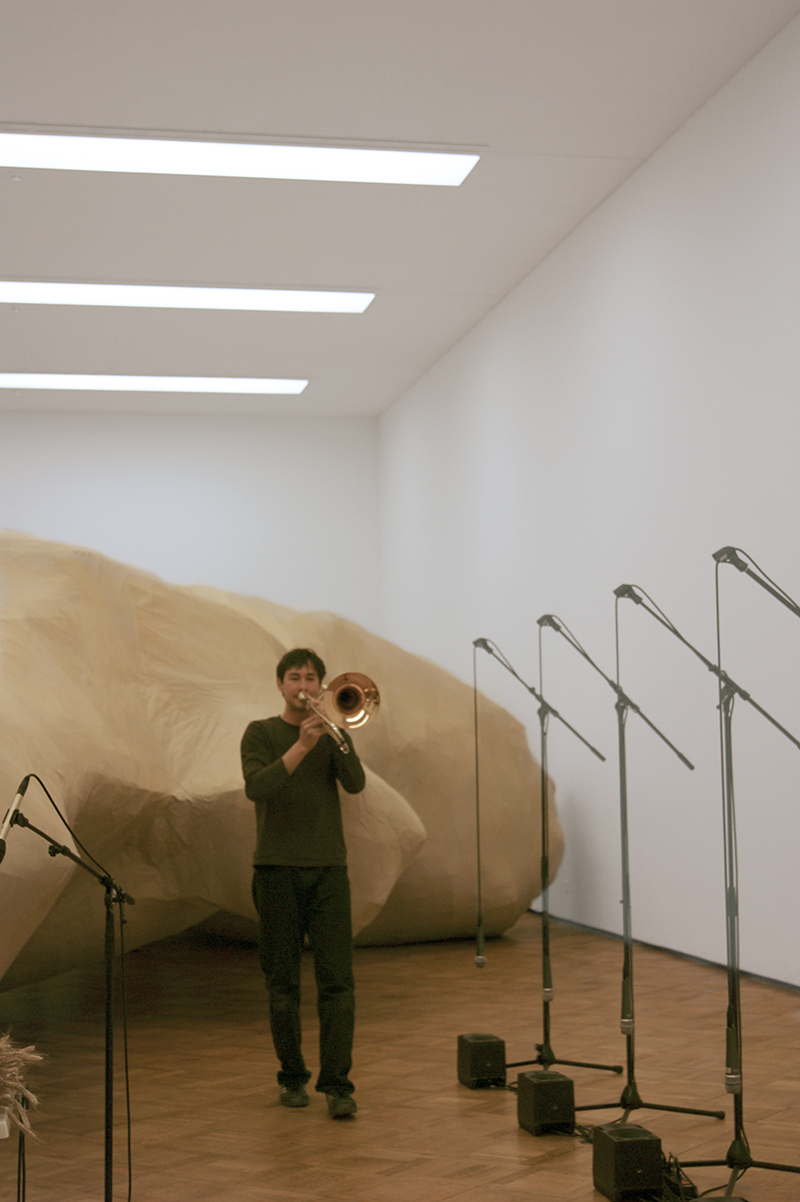
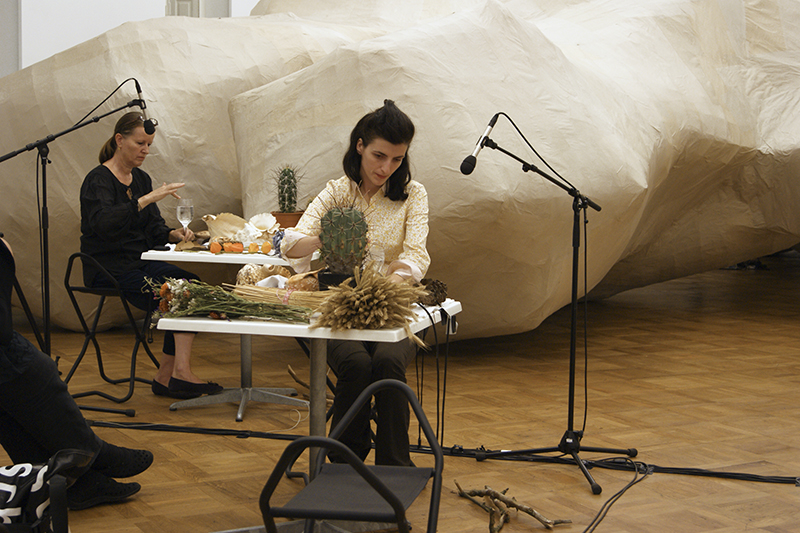
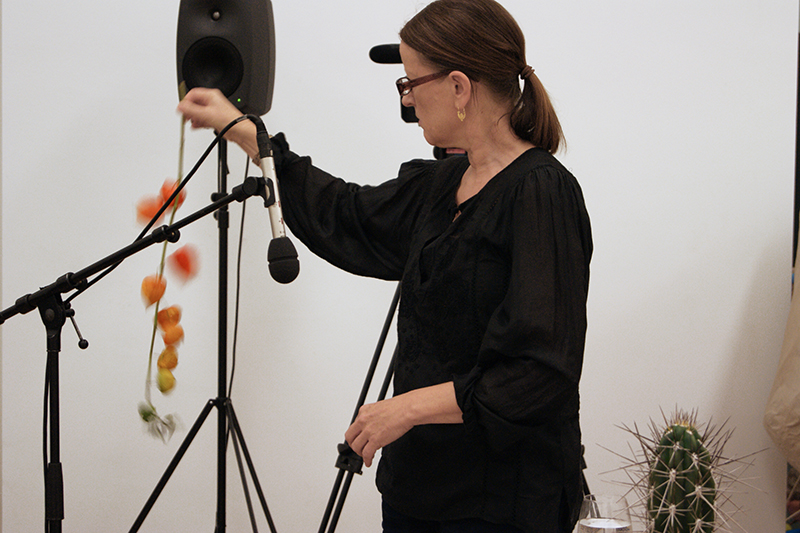

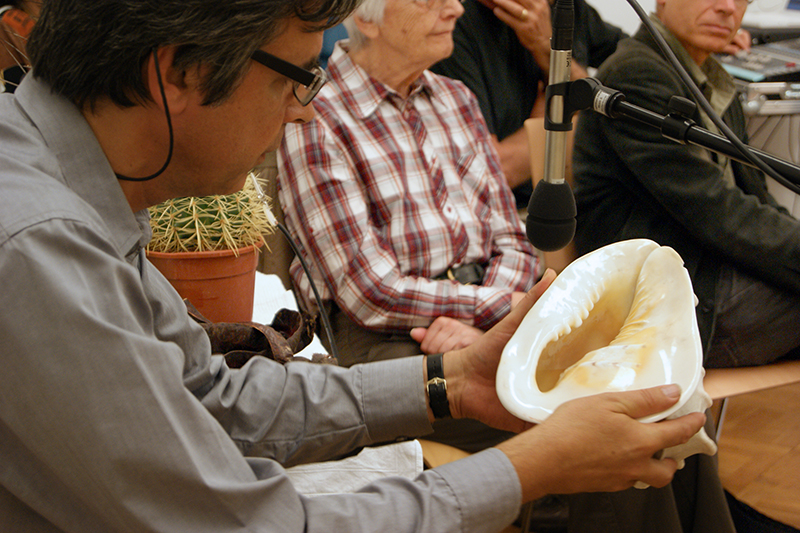
Participants in the Install Action Monument Ginger Society : Kaspar Hochuli und Joder von Rotz ( construction supervision ), und Otmar Aebersold, Therese Aeschbacher, Maya Amstutz, Pia Anliker, Iris Bischoff, Denise Blum, Gérard Blum, Lea Bolognesi, Sina Bolognesi, Diana Dericks, Silvia Egli, Peter Engel, Erika Fourti, Petra Giezendanner, Annemarie Gisler, Nicole Gonin-Burger, Kathrin Grunder, Jenny Grunder, Christa Gubler, Tanja Hählen, Helen Hirsch, Cornelia Hochuli, Felix Hochuli, Franziska Hochuli, Sina Hochuli, Jürg Hofstetter, Carola Jakob, Pamela Jakob, Simon Jakob, Therese Kropf, Cyrill Lim, Yaphel Lobsang, Helena Lüthi, Marianne Lutz, Gabriela Moeschinger, Noelle Pia, Lisa Ratjczak, Verena Renggli, Dan Reusser, Lucien Rusch, Helena Saehrendt, Lorenzo Salafia, Sabine Schall, Sibylle Schneider, Rajethan Shanmugam, Sara Smidt, Lara Stanic, Rahel Stöckl, André Suter, Michael Tamke, Raphael Thut, Barbara Vetter, Christine Vögeli, Esther von Rotz, Salomé von Rotz, Sepp von Rotz, Devis Wegmüller, Josephine Wegmüller, Loris Wegmüller, Mende Wegmüller, Jelena Widmer, Hans-Ueli Wüthrich, Andrea Zurfluh.
With special thanks for support to: Kultur Stadt Bern, Amt für Kultur/Kanton Bern, Stadt Thun, as well as Atelier Simon Tschachtli Bern/Visual Interaction; Sphere Design Bern/3 d - Animation; Walter Tschanz/Coop Bau and Hobby Thun - Strättligen; Ludwig Scheidegger/BAG Frutiger AG Thun; Hugo Ryser and Manuel Schüpfer/Media Lab HKB; Urs Gehbauer/Werkstattleiter HKB; Sepp Rüeggsegger, Oberdiessbach.
Fotos: ©Simon Tschachtli, Bern


















































